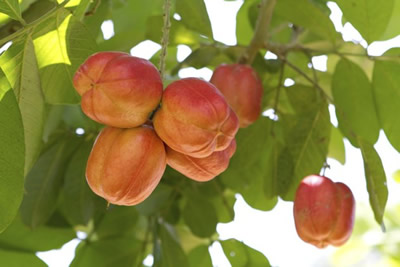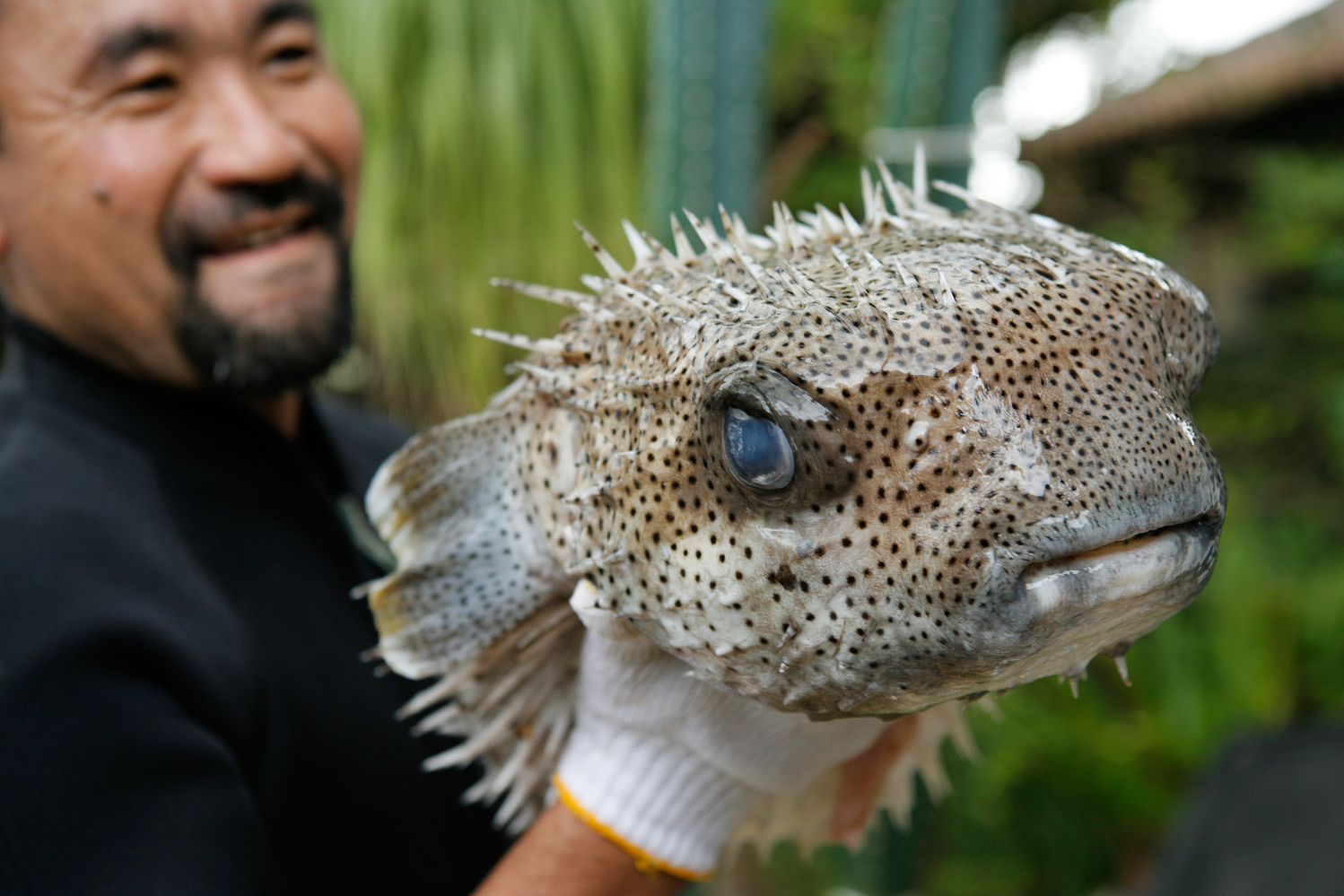If you’ve ever described a dish you’ve consumed at a restaurant as “to die for” then you might have to reconsider your review. There are foods out there that can ruin you. Like, literally kill you! See this list of dangerous foods as a condom for exotic cuisine. This way, you can be safe if you’re ever thinking of rolling the dice on any of them.
Fugu

The humble pufferfish may look cute, but that’s before you find out that it contains a poison with the power to both paralyse and suffocate. When prepared properly by having its liver and reproductive organs removed, the Fugu is something of a Japanese delicacy. However, should the chef slip up, munching on the pufferfish could lead to the ingestion of the poison tetrodotoxin, and ultimately a slow and painful death.
Ackee Plant

If you eat this national fruit of Jamaica too ripe or not ripe enough it could cause Jamaican vomiting sickness which includes seizures, or fatal hypoglycaemia. You can tell if the fruit is ripe because its pods will turn red and it will fall open. If you’re chowing down on one of these fruits, remember that only the tasty yellow parts are edible, so stay safe and steer clear of the toxic black seeds and red skin.
Blood Clams

Considered one of the tastiest Chinese delicacies, blood clams can come with some nasty after-effects due to the method of preparation. If you order blood clams in Shaghai they will be quick-boiled, which leaves many viruses and bacteria present, including hepatitis A, E, dysentery and typhoid. Such is the risk of contracting one of these diseases that the clams have been banned in Shanghai since 1988.
Giant Bullfrog

While the French might stick to eating frogs’ legs, Namibians prefer to take it a step further and ingest the whole amphibian. However, this can potentially lead to a nasty case of oshiketakata disease, which is the result of eating a non-mature bullfrog. The bullfrog’s skin and organs are dangerous and eating them could cause kidney failure.
Cassava

Cassava is a staple food in certain countries, including Africa and South America, but it is anything but bland. It is commonly used to make flours and bread, as well as American favourite tapioca pudding. However, if the shrub is prepared incorrectly it is able to produce cyanide – a poison that will harm any human that tries to consume it. This could result in partial paralysis and even death, depending on how much is ingested.




